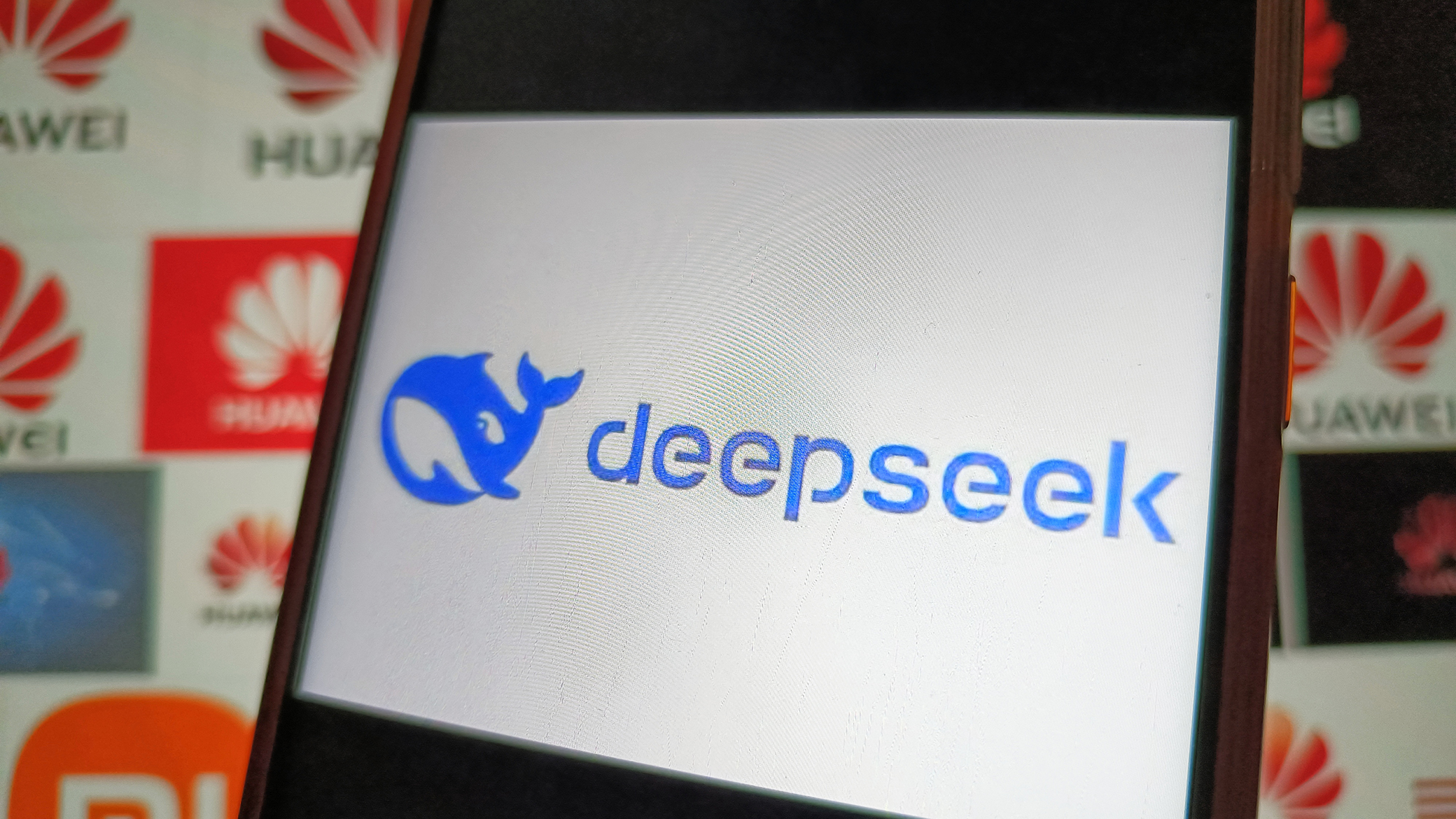DeepSeek, Huawei, Export Regulations, and the Future of AI Competition Between the U.S. and China

Examining the Controversies Surrounding DeepSeek’s Chip Usage
The H100 and H800 Chip Dilemma
DeepSeek, a prominent player in the AI sector, finds itself in a legal and ethical quandary regarding its use of Nvidia chips. If DeepSeek were to acknowledge the use of H100 chips for model training, it would effectively admit to violating U.S. export laws, as these chips are prohibited for sale in China. This has led to suspicions surrounding DeepSeek’s claims, particularly its assertion that it exclusively utilized H800 chips.
Industry analyst Ben Thompson has highlighted strong indicators suggesting that DeepSeek’s technological advancements support its claims of using H800s. The company’s algorithmic improvements appear particularly suited to operating efficiently within the constraints of limited computational bandwidth, suggesting a heavy reliance on the H800 architecture for their computing requirements.
Conflicting Reports on Chip Usage
However, some reports, especially from Chinese media, claim that DeepSeek may have incorporated H100 chips in training its newer R1 model, allegedly defying U.S. export restrictions. The semiconductor consulting firm SemiAnalysis has mentioned that DeepSeek’s infrastructure includes a mix of GPUs, stating they might have around 10,000 H100 chips along with other variants—H800s, H20s, and A100s—with substantial expenditures on GPU servers.
Additionally, Nathan Lambert, a machine learning researcher, has critiqued the methodology for calculating the costs associated with training AI models. He argues that focusing solely on the final training run does not provide a complete view of the operational costs involved, as the initial experiments and fine-tuning typically require significant resources.
Smuggling and Enforcement Issues
While direct evidence of large-scale smuggling of Nvidia chips to China remained scant until late 2023, reports surfaced in 2024 describing illegal operations worth over $100 million that leveraged sophisticated evasion tactics. Investigations revealed that smugglers capitalized on legal loopholes by duplicating serial numbers to mislead authorities during inspections.
The situation has prompted various governments to ramp up efforts against chip smuggling. There has been a notable crackdown in regions like Singapore, where authorities arrested suspected smugglers amidst growing concerns over illegal chip exports to China.
U.S. Export Control Impact
The U.S. export control measures aimed at limiting China’s access to advanced AI technology are seen as both necessary and challenging. DeepSeek’s CEO Liang Wenfeng has highlighted that access to cutting-edge chips is critical for the company, mentioning that the restrictions complicate their operations significantly.
Reports indicate that despite claims of overcoming these restrictions, DeepSeek has encountered service outages, which could suggest inadequacies in their computational capacity. These issues illustrate the high stakes of maintaining operational continuity in the rapidly evolving AI landscape.
The Race for AI Innovation
Despite facing limitations on chip accessibility, DeepSeek’s breakthroughs in computational efficiency represent noticeable advancements in the AI field. These innovations have potential applications within U.S. firms that could adapt their techniques for better computational resource management.
Importantly, while DeepSeek’s algorithmic advances can be adopted by U.S. companies, it is unlikely they can mimic the infrastructure advantages of U.S. organizations that benefit from an advanced semiconductor manufacturing base.
Future Prospects for Chip Production
As AI technology evolves, the demand for chips continues to soar exponentially. Companies like Nvidia are pushing toward more advanced manufacturing processes, which may result in better-performing chips as production scales up.
However, the ongoing restrictions and enforcement issues raise concerns about whether China can develop a self-sufficient AI chip industry. The alliance between companies like Huawei, SMIC, and CXMT is indicative of China’s efforts to fortify its position in the AI sector, yet they still face significant hurdles, particularly in accessing advanced manufacturing technologies that are restricted due to export controls.
Implications of Intellectual Property Considerations
The challenges presented by AI development and export restrictions extend into the realm of intellectual property rights. Reports have surfaced suggesting that groups within China are leveraging advanced techniques to replicate U.S. AI models, raising concerns about the protection of innovations in the field. With high R&D costs and technological complexities involved in AI, the possibility of unauthorized duplication without adequate legal protections poses a significant threat to U.S. companies.
Future of the U.S.-China AI Landscape
As the geopolitical landscape around AI technology continues to evolve, the balance of power could shift dramatically based on chip availability and innovation capacity. U.S. firms remain ahead in the race toward achieving artificial general intelligence (AGI), yet the narrowing of this lead indicates that vigilance regarding export enforcement and domestic innovation policy will be crucial in maintaining competitiveness.
Although current export controls are a tactical move to hinder China’s technological advancements, the effectiveness of these measures relies heavily on strict implementation. Without adequate enforcement, the strategic objectives may fall short, allowing China to close the gap in AI capabilities.
The implications of these developments will be critical to monitor as both nations strive for dominance in the AI sector, shaped by both technological innovations and regulatory landscapes.






